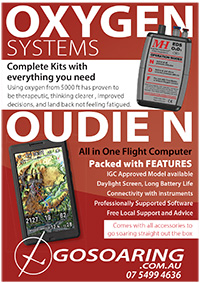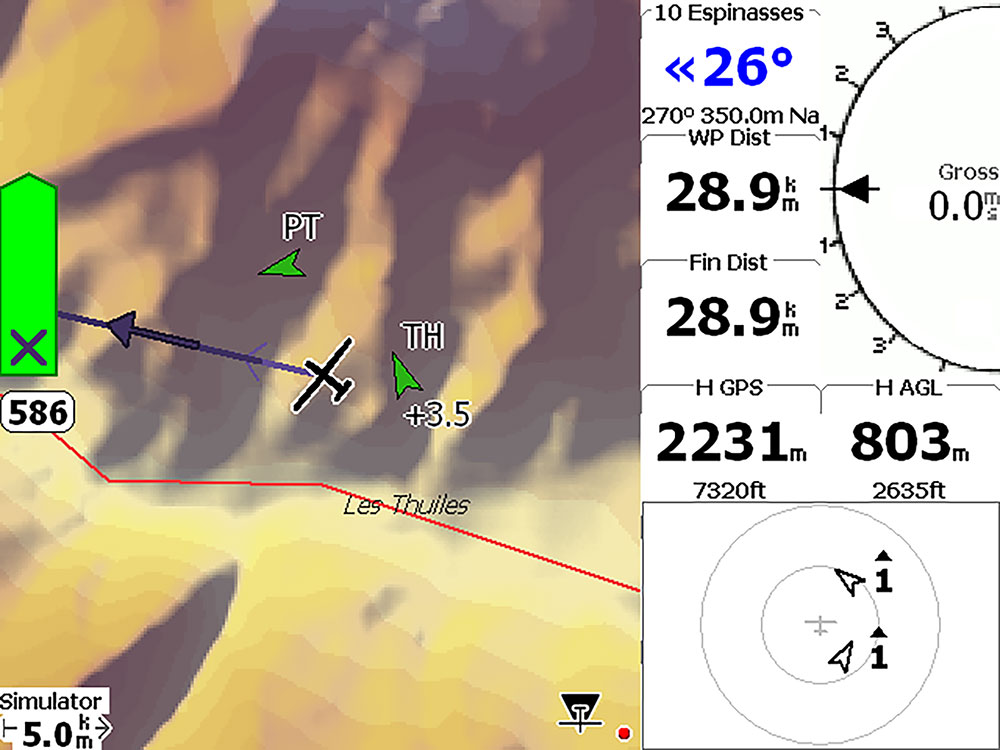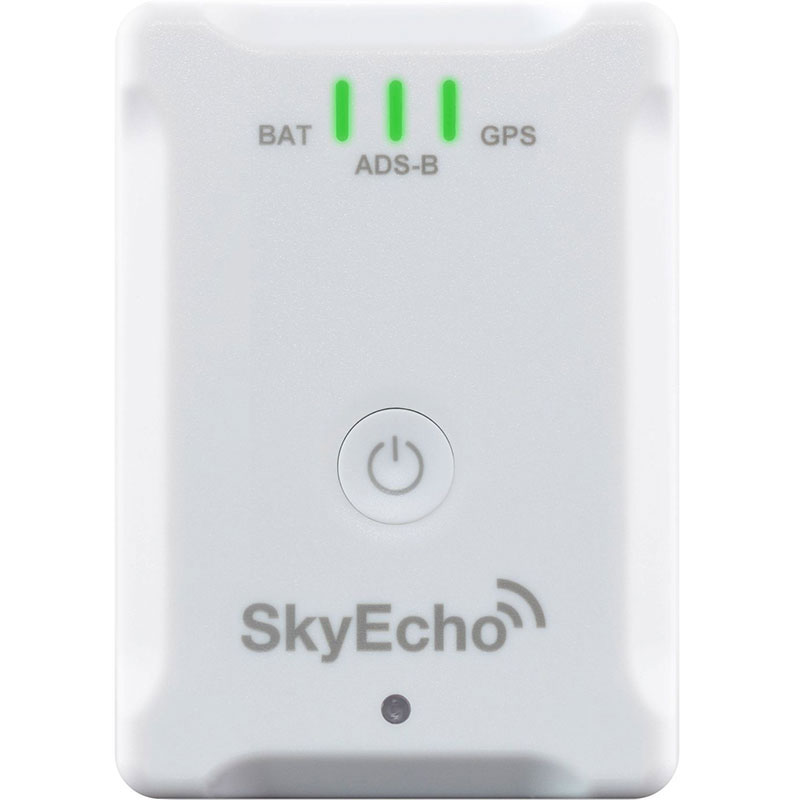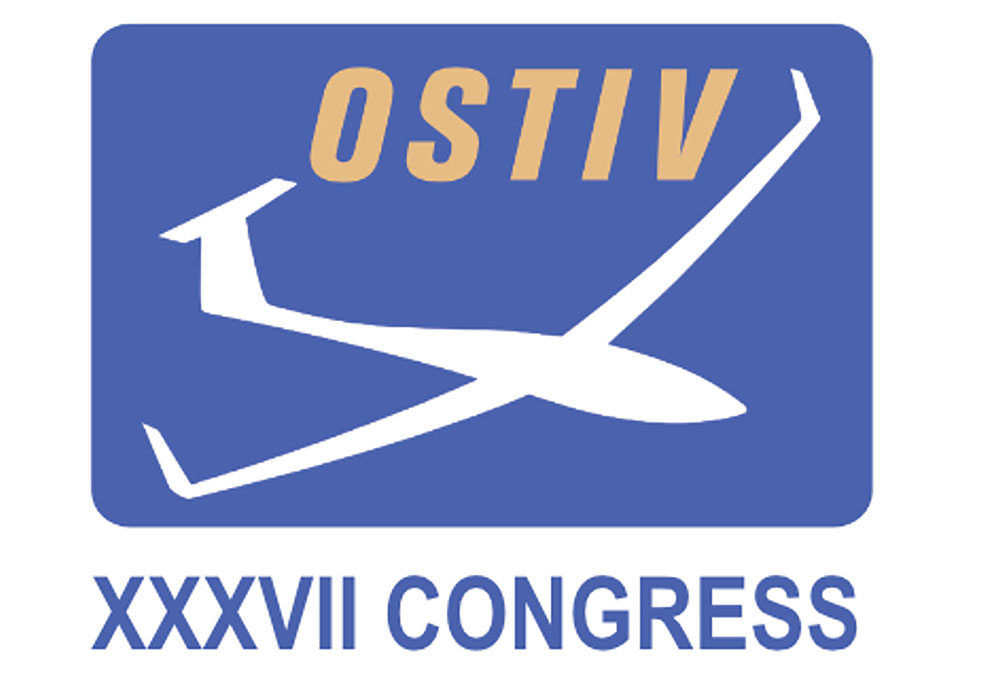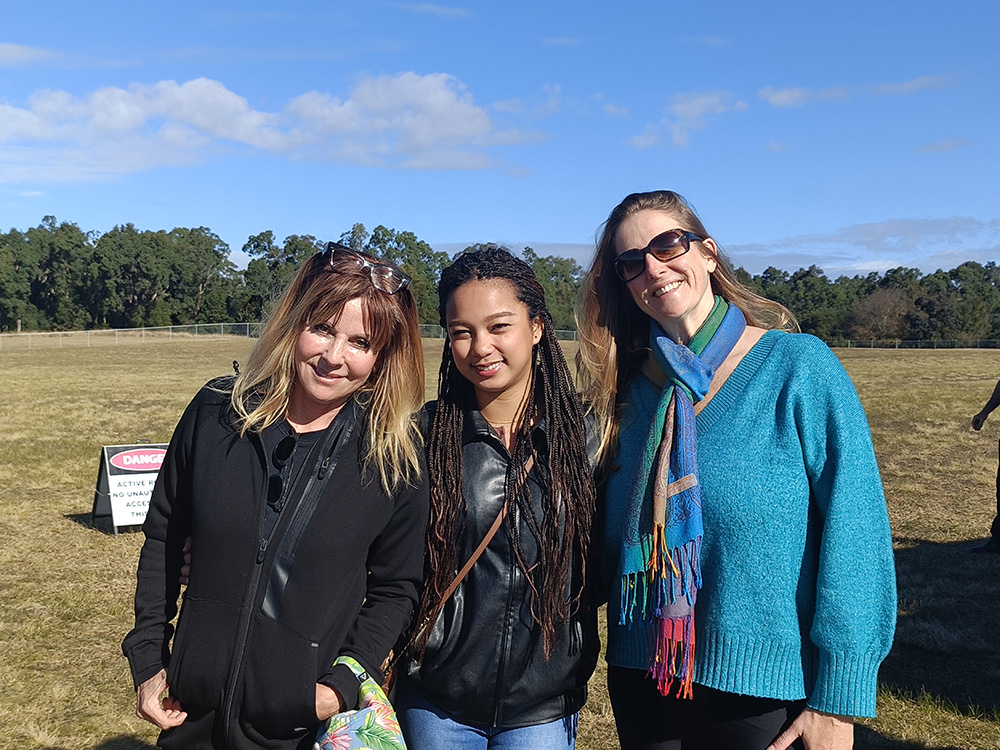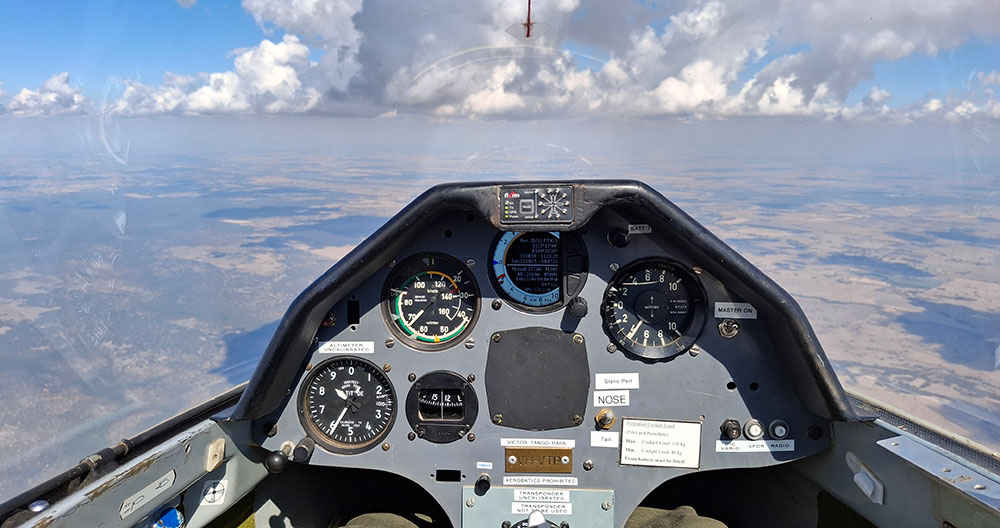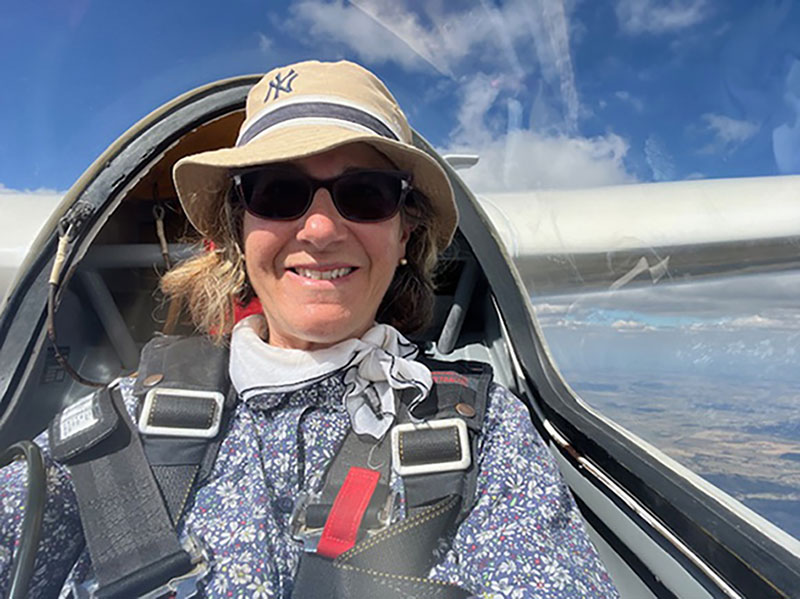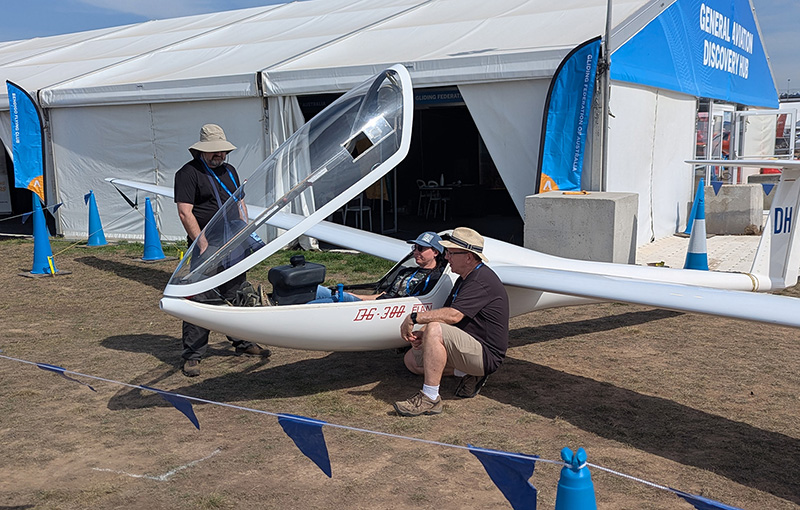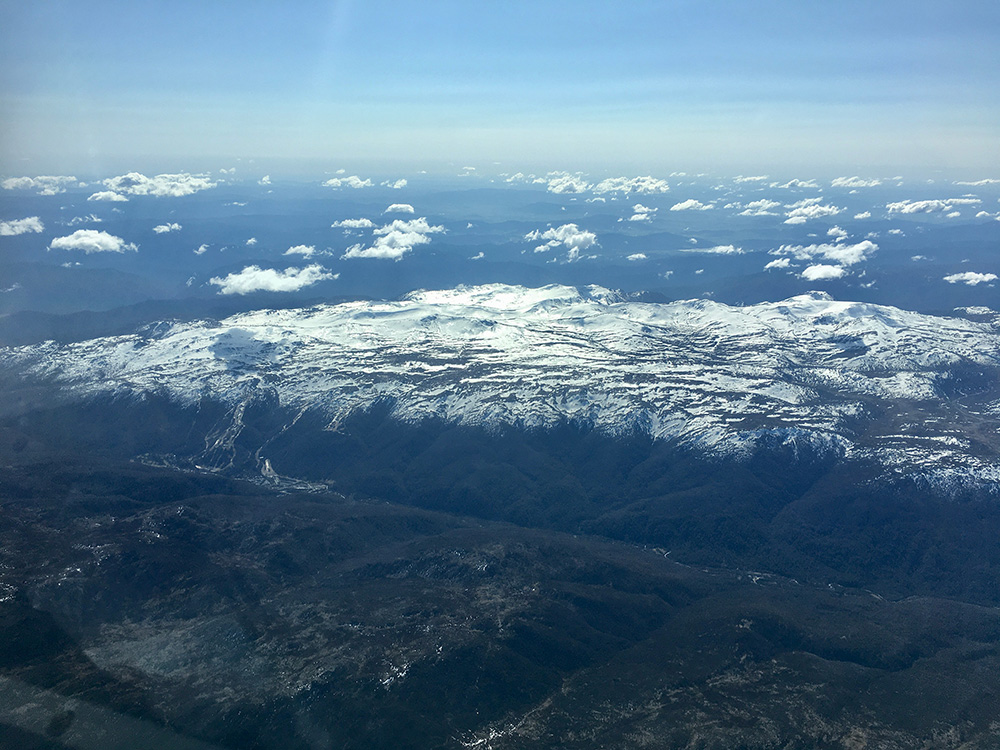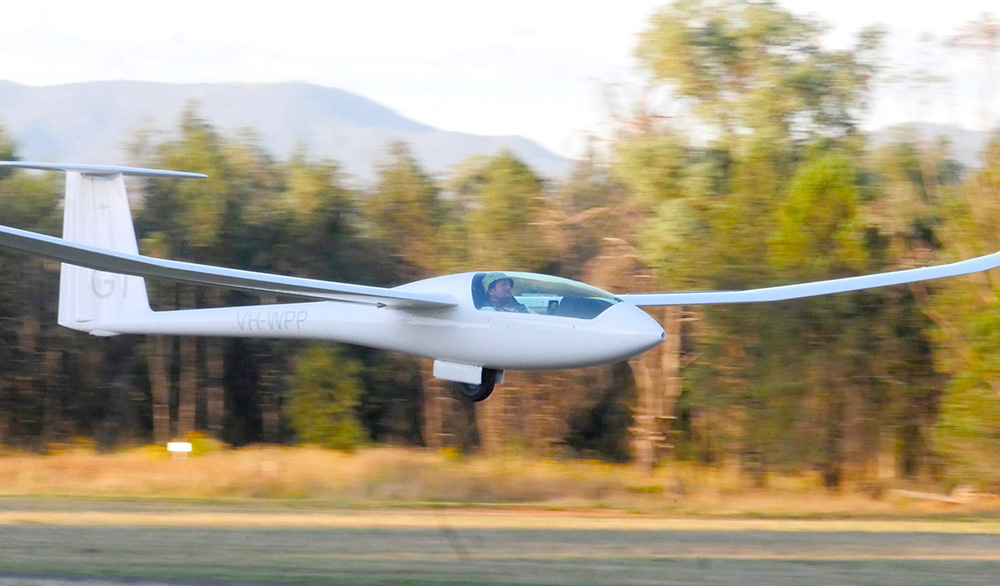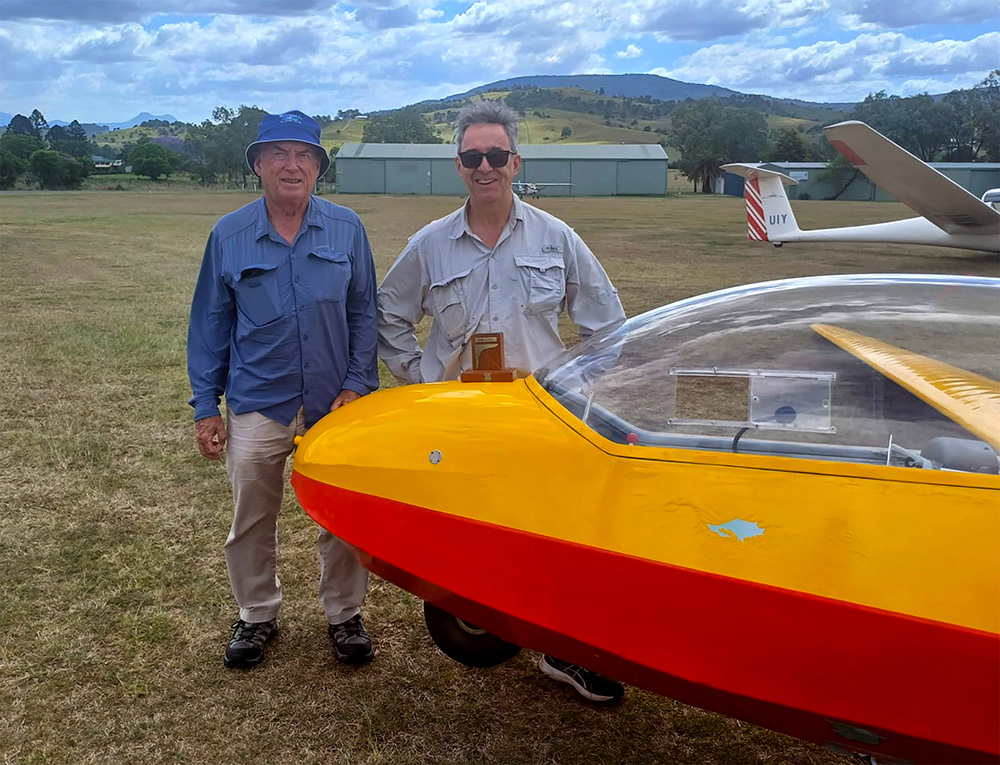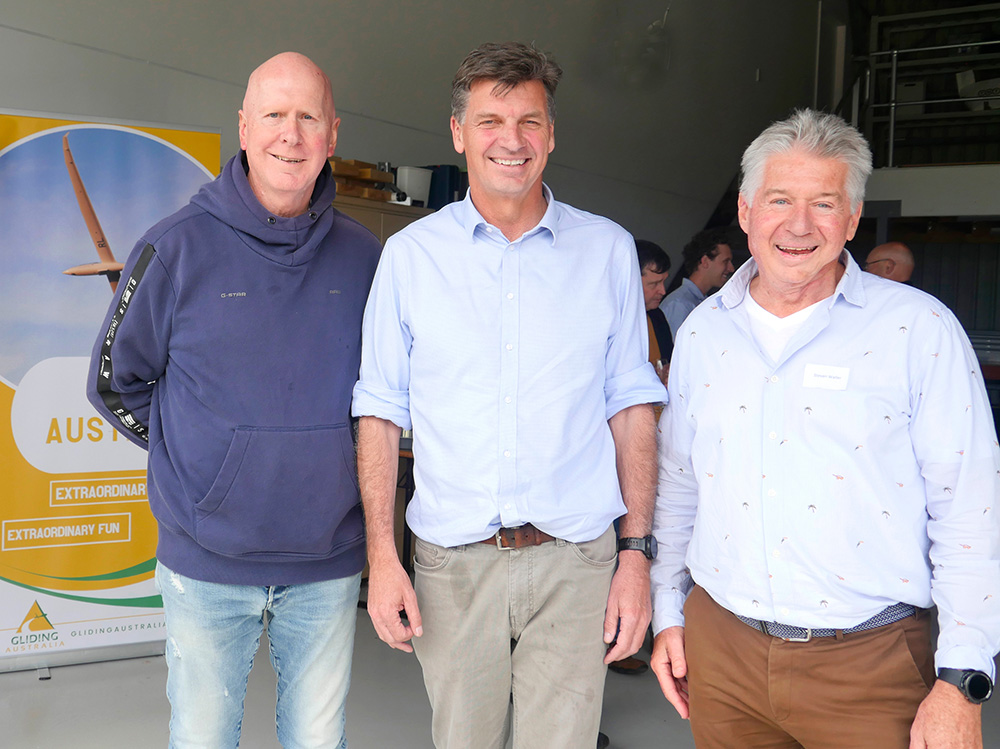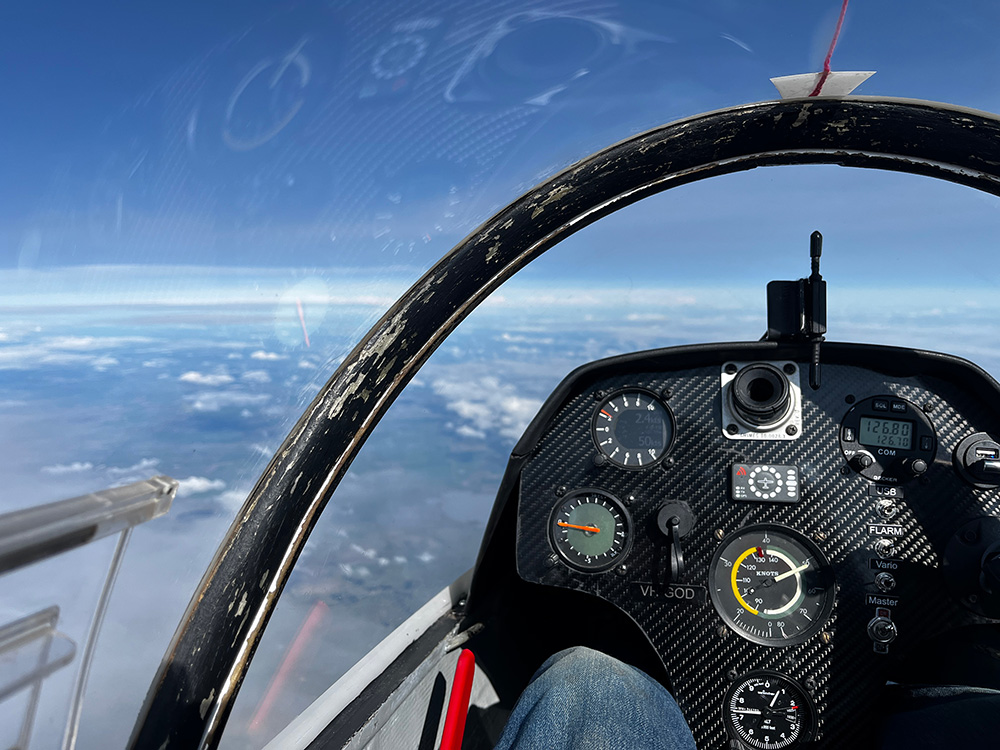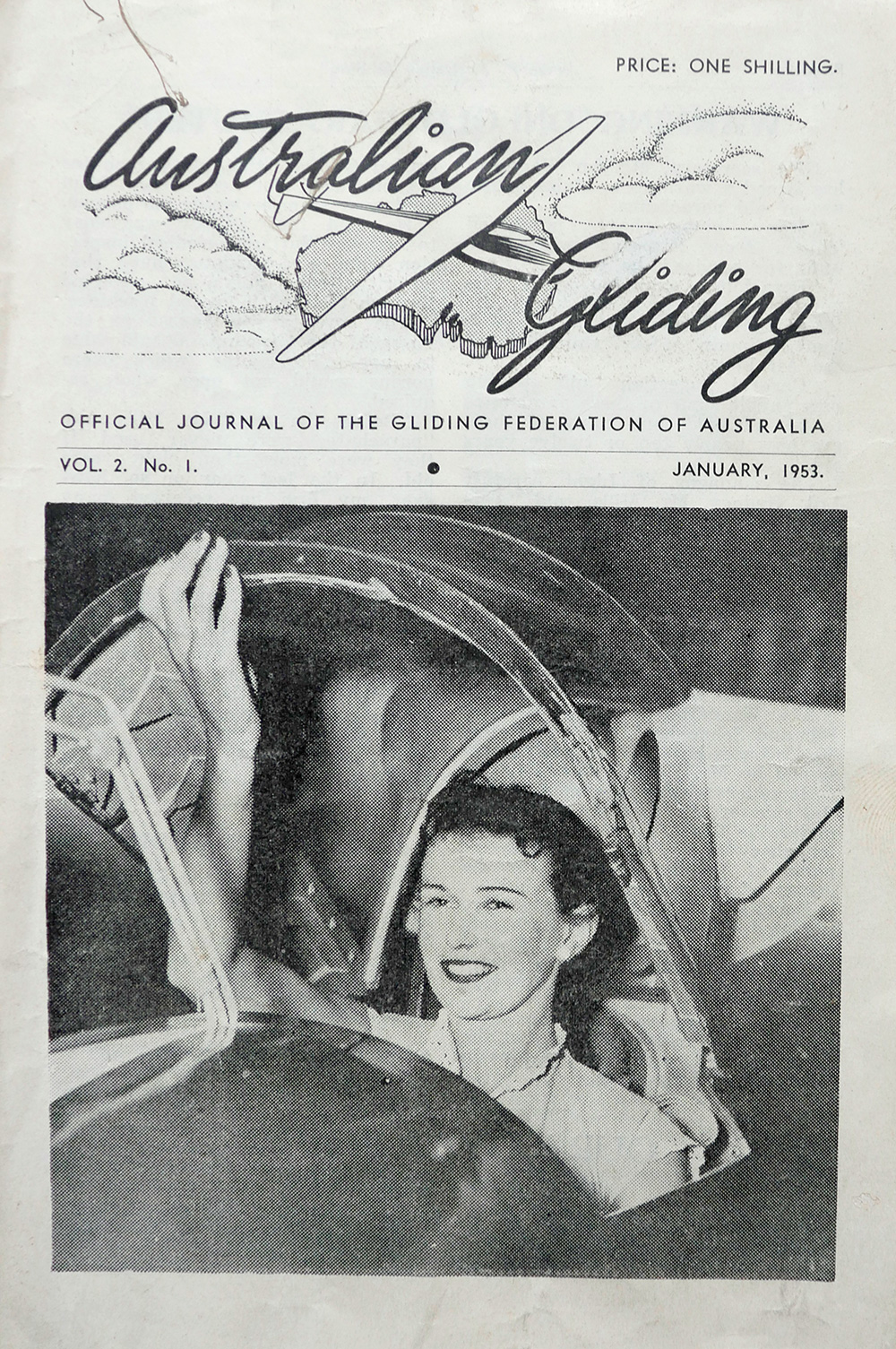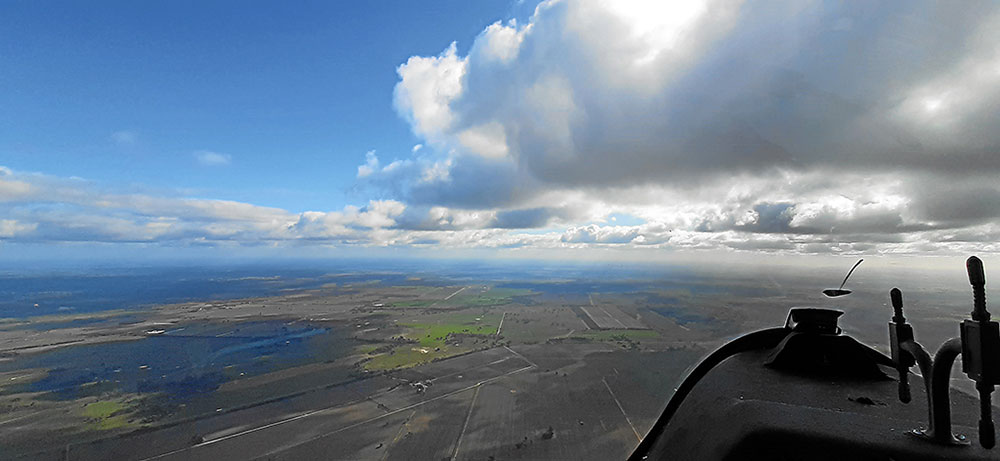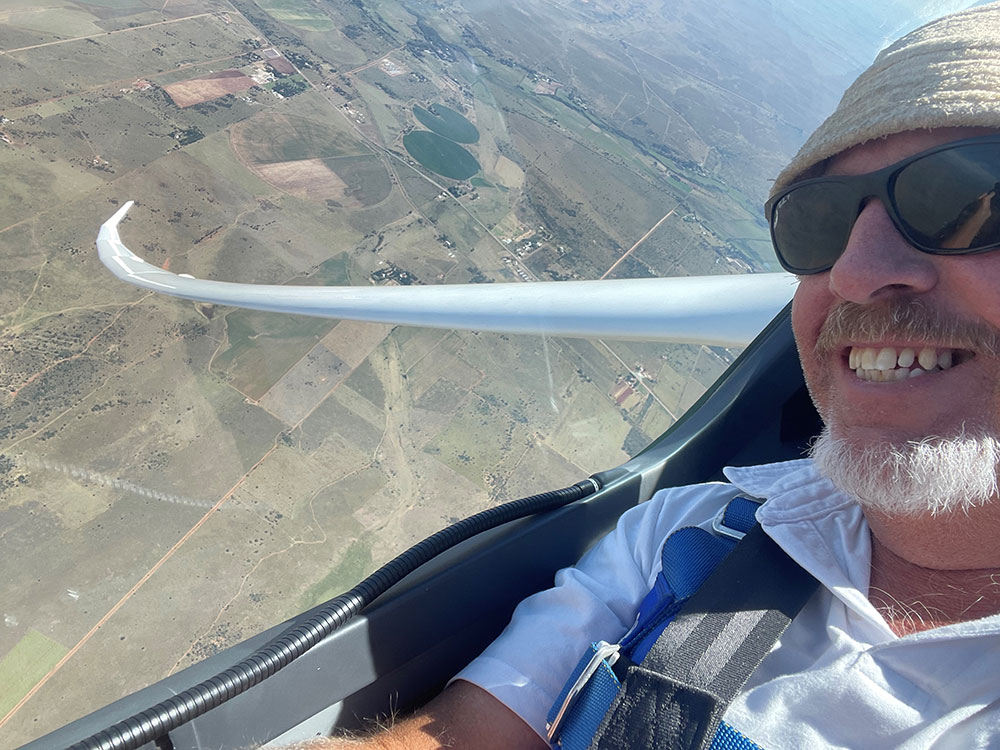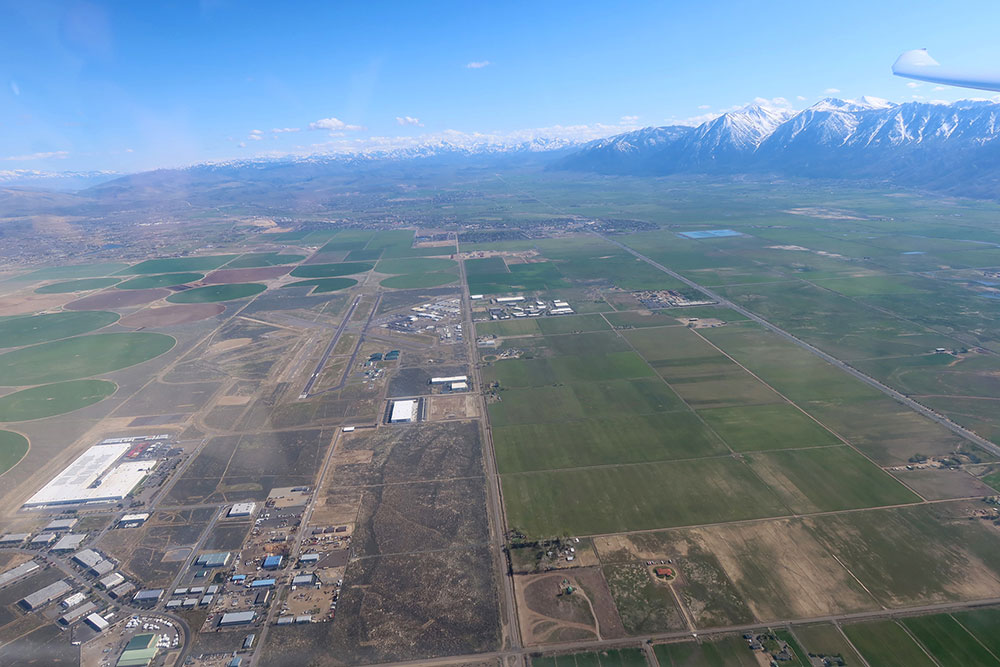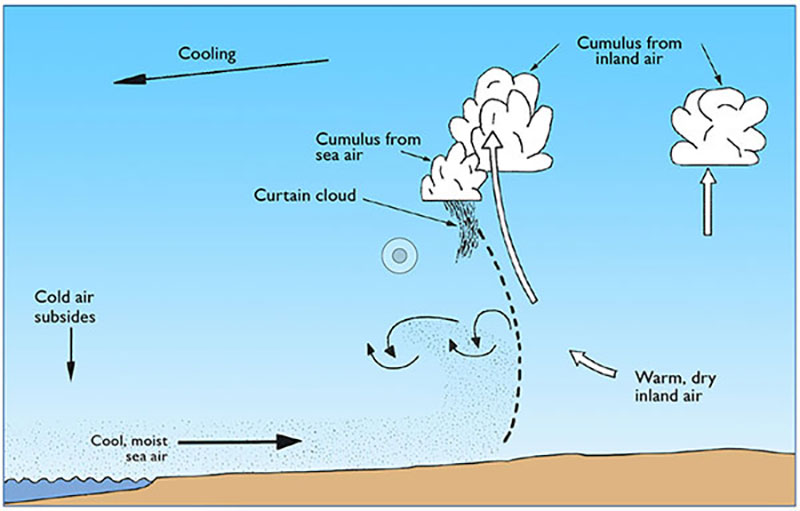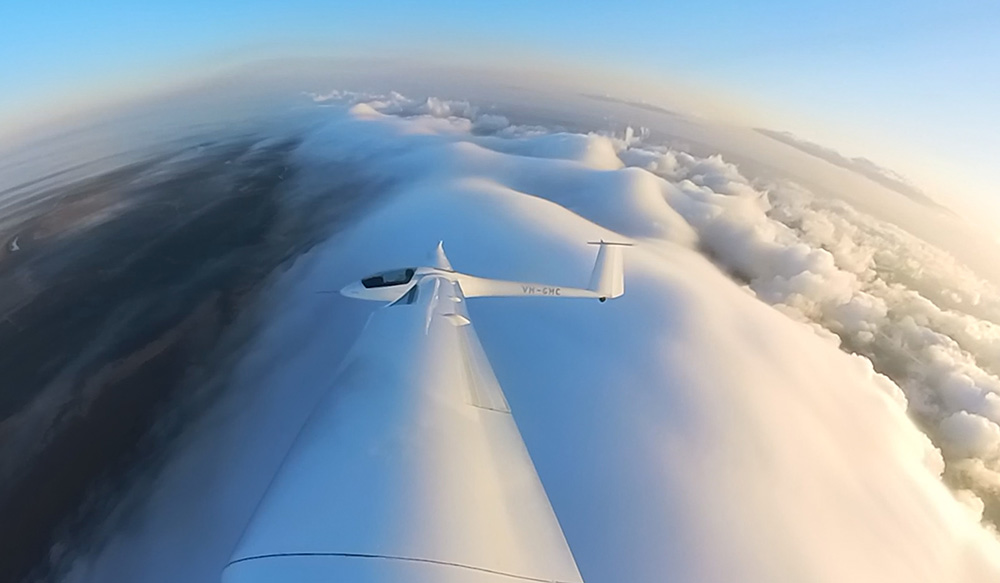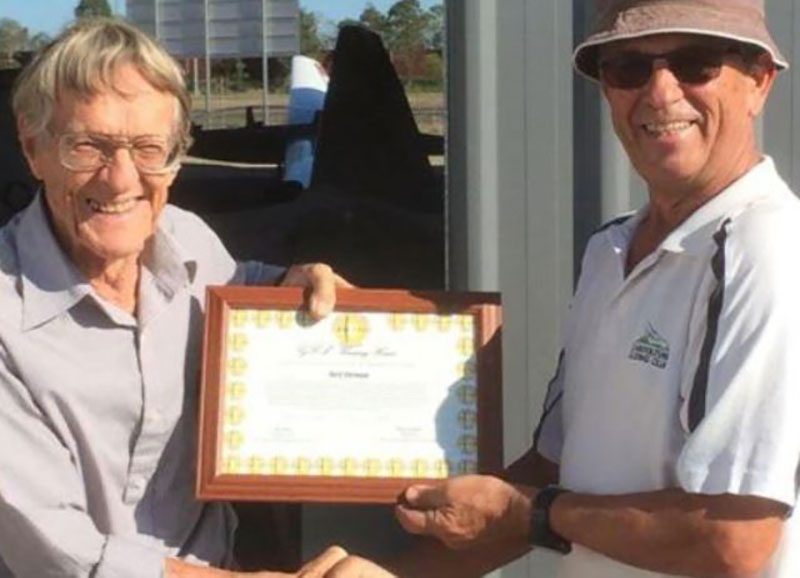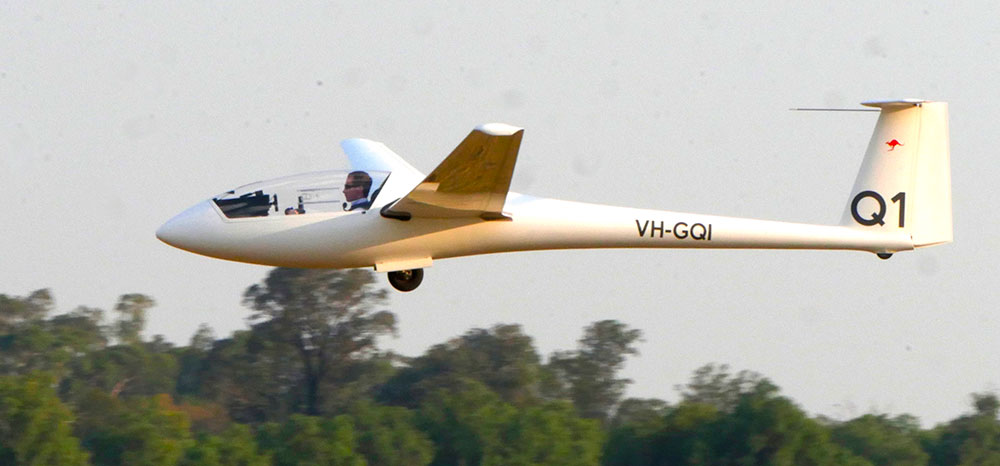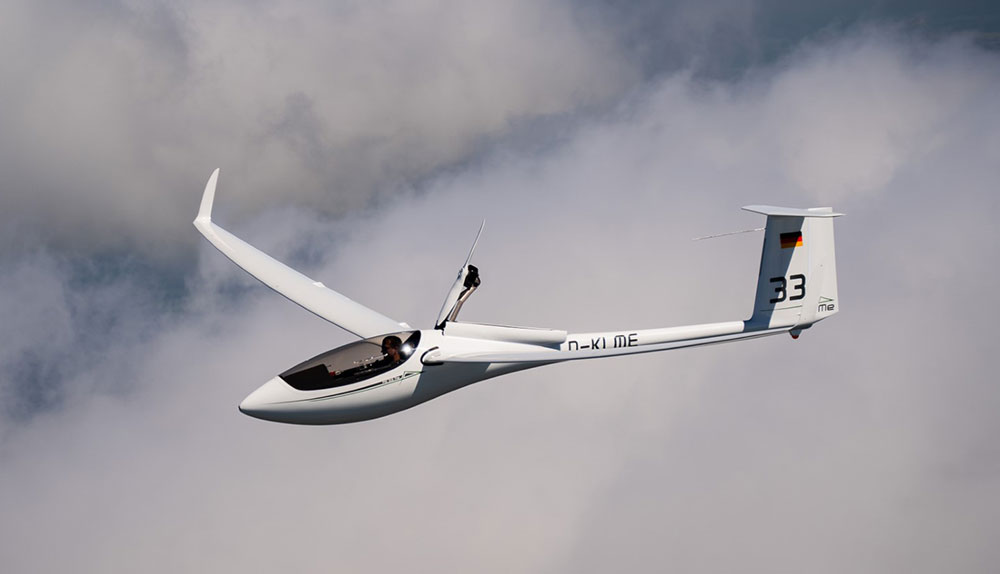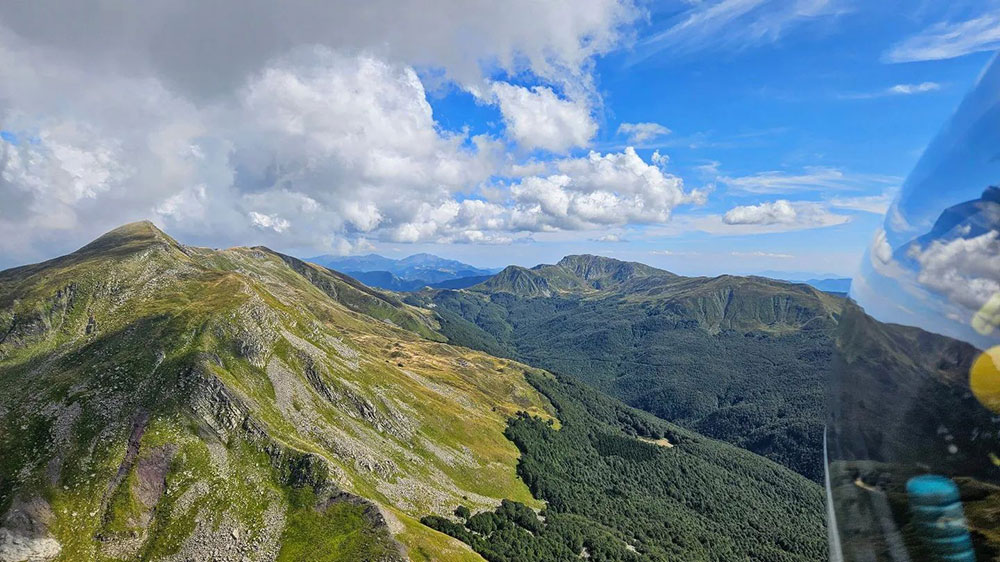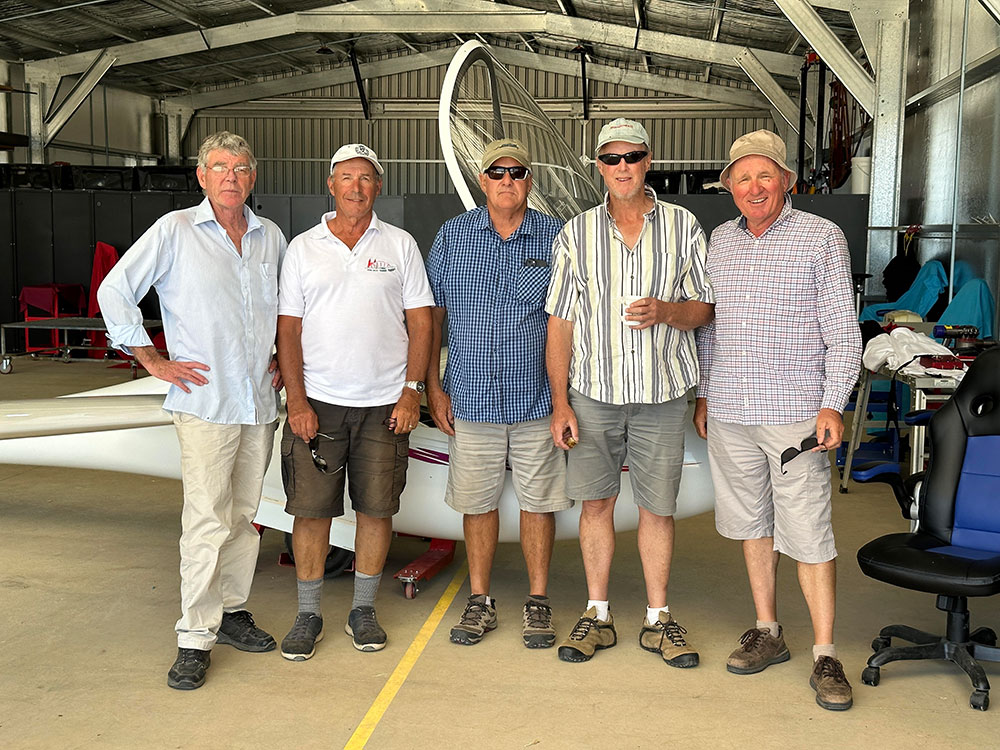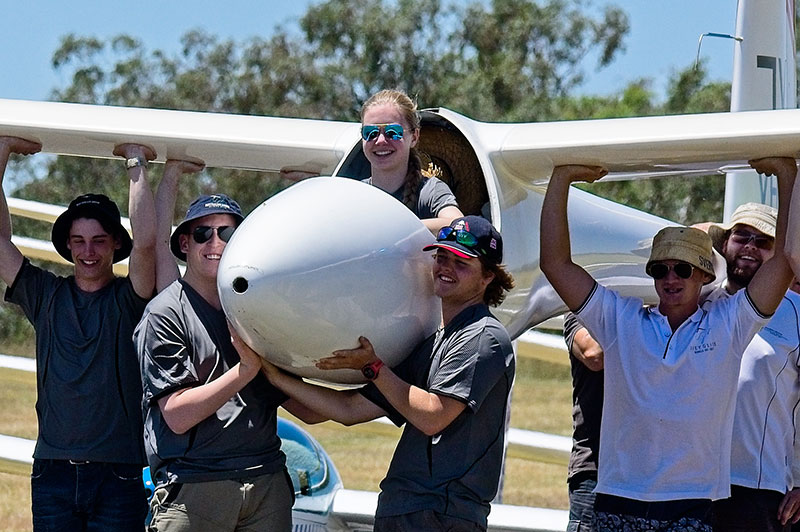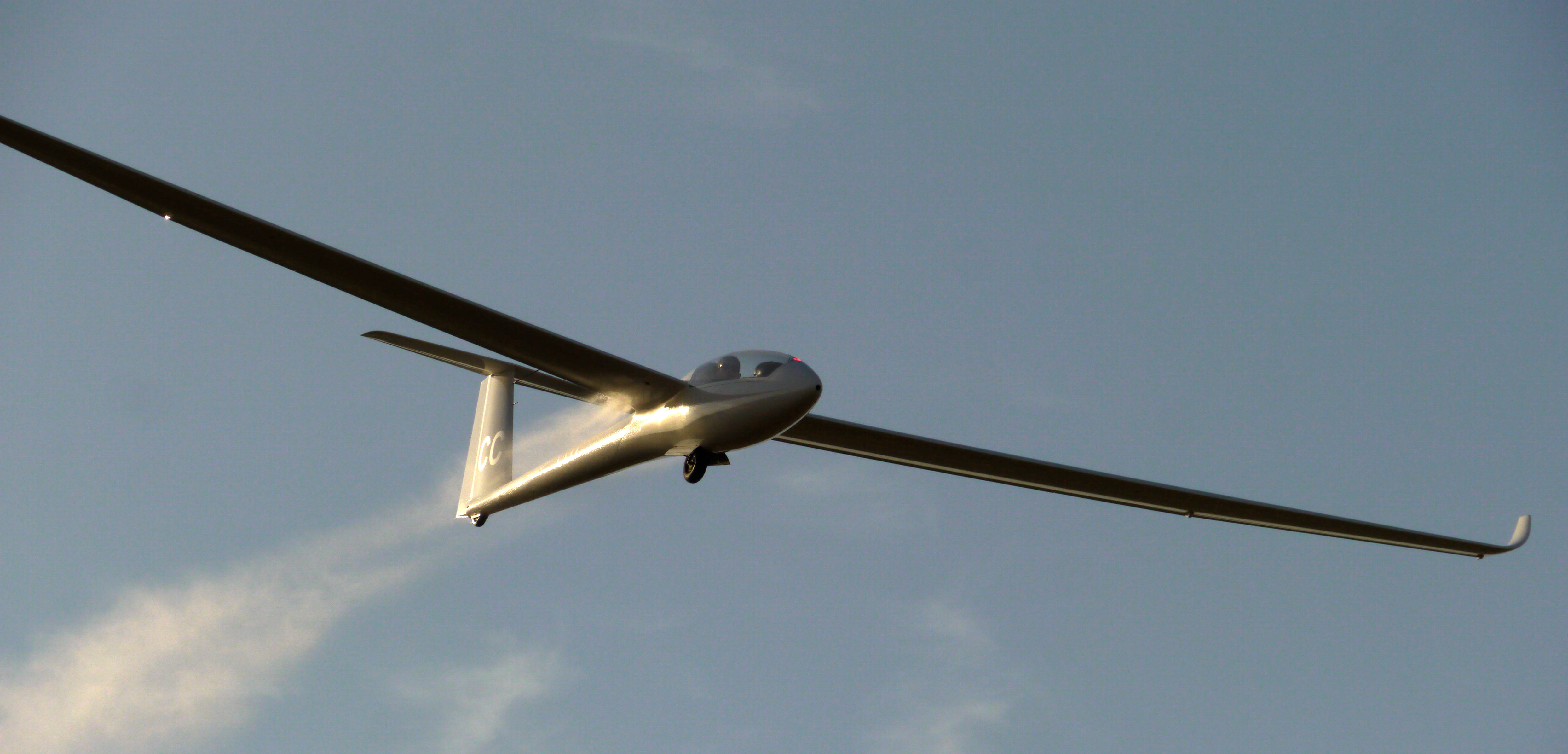
Murray Stimson MRAeS
OSTIV Board Member for Australia/NZ
In November 2024, OSTIV published on its website the first public release version of the OSTIV Passive Safety Standard (OPSS), researched and developed over many years by Martin Volck, an experienced engineer at Diamond Aircraft.
tinyurl.com/ydda3bzp
The purpose of the OPSS is to serve as a guideline for organisations and individuals who develop sailplanes to improve the safety of sailplane occupants. That should matter greatly to you, because if you are reading this you are probably one of those ‘occupants’.
A little context and history might be useful to those new to the sport or not previously concerned about cockpit safety issues. OSTIV is the Organisation Scientifique et Technique Internationale du Vol a Voile, or the group of glider pilots with scientific and technical expertise trying to advance the sport. Since the 1960s the Sailplane Development Panel (SDP) of OSTIV developed an airworthiness standard document (OSTIVAS) that grew into what is now the certification standard for gliders, CS-22, published and enforced by EASA.
Australian Alan Patching was a founding member of that development effort and the cockpit crashworthiness working group of the SDP until 2006. To varying degrees, all the glider manufacturers have progressively improved crashworthiness over the last century, but progress has not been substantial for some decades. Only two weeks before Alan’s death in 2022 at age 92, the long dormant working group was restarted under the leadership of Colin Jackson and Adrian Emck of the UK.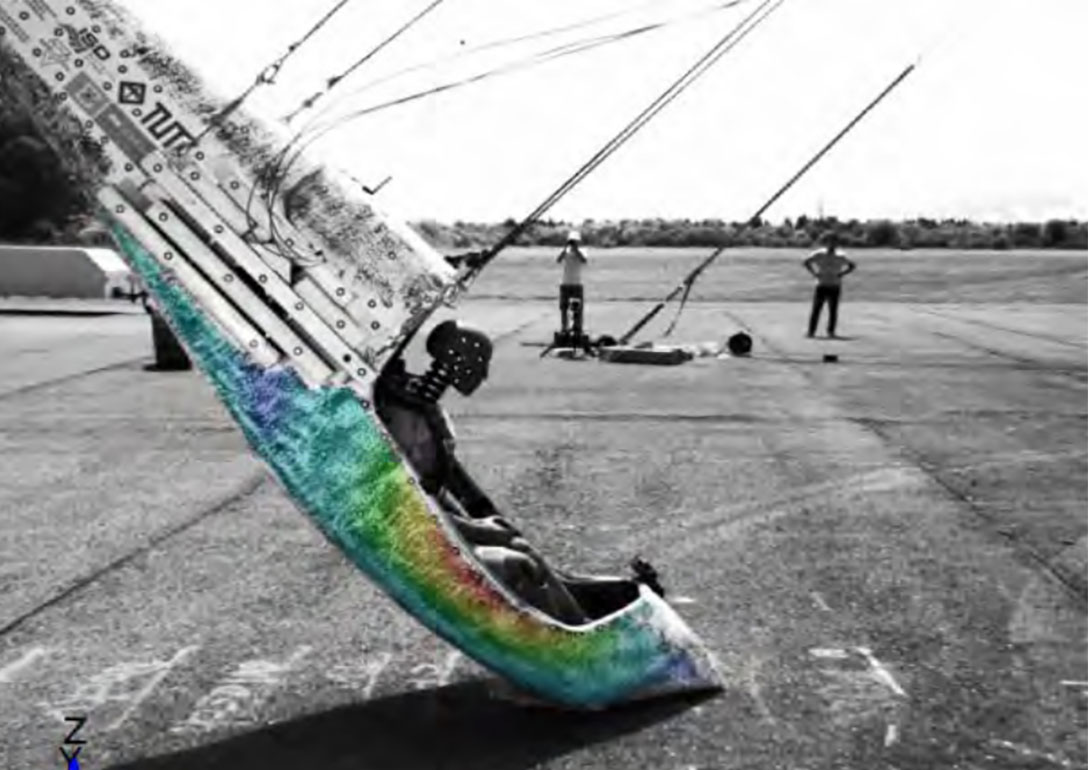
ABOVE: Drop test image of an Astir forward fuselage by Till Lindner [1], carried out with Leibniz University Hannover and Technical University Munich, 2023 T. Lindner et. al.; Crash Test Results of a Sailplane at Full Scale. OSTIV Congress 2024, Uvalde Texas, ISBN 978-3-947623-80-8
Designing for Safety
A clear realisation driving all this work was that fatalities and serious injuries to glider pilots were a far higher fraction of all crashes than those involving automobiles, and this difference could not be fully explained by lighter structures and higher impact velocities for gliders. Glider crashes with impact velocities in the lower range and longer stopping distances should or could be more survivable than statistics indicate. Several cheap and easily incorporated passive safety measures have been identified and it remains for glider pilots to request or demand them in future glider designs.
OPSS outlines voluntary design objectives manufacturers could incorporate in future designs as additional discriminating factors in new glider purchase decisions, such as:
1) Additional strengthening elements to reduce cockpit breakup on impact
2) Increasing crushable cockpit volumes and progressive crush resistance to reduce deceleration pulses and reduce head, neck, spinal and pelvic injuries.
3) Increasing impact energy absorption capacity for mainwheel legs and cockpit seats.
4) Better support and protection for pilot’s bodies to distribute impact forces more widely and reduce piercing injuries.
OSTIV made OPSS voluntary because of two main factors related to the widely held view that increased occupant safety does not sell new gliders. Indeed, this magazine article attempts to generate widespread pilot awareness of the problem of glider cockpit crashworthiness and some of the easier remedies. We hope that in future, increasing safety will sell itself, just as it does now for automobiles.
Certification Standards Revisited
First, glider manufacturers reported that demonstrating compliance with the current certification standards for emergency landing conditions was already extremely difficult at the recently increased impact deceleration of 9g at the Maximum Take Off Mass (MTOM). In recent OSTIV meetings, there have been presentations discussing reducing those MTOM limits, but the performance penalties would be significant. With the recent growth in the minimally certified lightweight sailplane category, significantly increasing certification costs and difficulties could further reduce the market competitiveness of new fully certified sailplane designs, potentially reducing safety.
Second, changing from the current certification basis using static loads to represent dynamic impacts, to one using energy absorption methods, would be a substantial change. A great deal more engineering research and collaboration would be required to satisfy certification authorities that the means of compliance would not reduce occupant safety. We do not want to wait that long.
The Cockpit Crashworthiness Working Group (CCWG) is working on a few other initiatives that are related and likely to bear fruit.
A ‘spine shell’ is a rigid and padded structure worn by occupants between their lumbar region and a parachute, providing additional strength and support in the event of a downward impact in the seat. How to make this shell fit snugly a wide range of individuals at an affordable price, and proving the level of additional safety, are the subject of ongoing research. Adrian Emck developed the original shell, which he has been wearing for almost 30 years.
Capturing Impact Data
One of the major holes in crashworthiness research is the lack of real-world impact data from a statistically large sample set. The data of most interest would be impact velocities (ground speeds and directions) and vehicle attitudes at impact. Post impact decelerations might be nice too, but substantial difficulties exist with the location of the acceleration sensors in the structure and the dynamic response of the supporting structure.
Modern flight computers would seem to provide some of this data at least, but the reality is that quite often the data is lost because power disruption dumps the data in the buffer before writing to non-volatile memory, and a data rate of 1Hz or less is too low. In those cases where the memory remains readable, flight records often stop hundreds of metres before the impact location.
Colin and Adrian enlisted the aid of their colleague Colin Appleyard to develop and flight test a cheap and successful breadboard version of a glider crash data recorder with a 10Hz sample rate, as they presented at the CCWG meeting on 4 July 2025. The CCWG is now approaching flight computer manufacturers with a view to finding the minimum viable upgrades to existing instruments that would meet these objectives.
Survivors Injury Questionnaire
The final research initiative to mention in this article is the Survivors Injury Questionnaire, and we want your help. In pursuing existing crashworthiness data, Stu Smith and I in Australia found that injuries to glider pilots were not identified and reported with useful precision in almost any fatal or serious injury crash reports, including state coronal reports from Australia or NZ. Summary statements such as ‘trauma’ or ‘blood loss’ do not allow determination of potentially corrective design changes.
The CCWG proposed and trialled a voluntary and anonymous questionnaire for survivors of crashes to identify their own injuries along with some rudimentary description of the impact they experienced. The brief trial in Europe worked surprisingly well and is now being rolled out as an international research program, approaching all 17 gliding nations affiliated with OSTIV.
Look out for an email from your national gliding authority with a link to fill in the voluntary and anonymous questionnaire, including posting your photos of any aircraft damage. They too will be anonymised. We are not seeking the causes of crashes in this study, but rather the nature of the injuries and their causes. It may not be light reading, but that research might be able to provide some useful statistics on the most common types of injuries, albeit survivable ones!
Improving Crashworthiness Research
The gold standard for crashworthiness research would be to replicate research done from 1998 to 2008 for automotive crashes by Monash University Accident Research Centre (MUARC) in Australia. This project involved medical professionals reviewing crash data to identify, where possible, the likely causes of death and types of serious injury, and went beyond the coroners’ brief.
While this well-funded research generated significant and reliable datasets for thousands of automotive crashes across Australia, the same is very unlikely to be true for the much smaller total number of serious glider crashes, even globally. However, if an international reporting program or standard could be used to generate a database, that might be a way to identify the most effective crashworthiness improvements without jumping to biased conclusions.
There is no realistic current suggestion that airbags be fitted to gliders, and our crashworthiness research is not so well funded as Formula 1 or even the auto industry. But if relatively cheap and easy passive safety measures can save some lives and prevent injuries, gliding will be improved.

